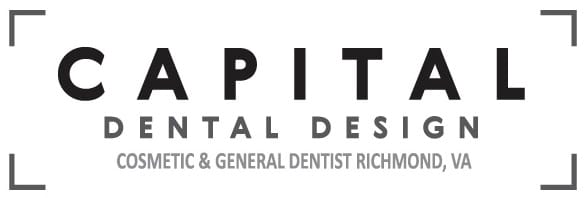Gum Grafting Recovery
A richmond gum graft is a great way to restore an area of gum tissue that has receded and is causing sensitivity and pain. Gum recession can be caused by poor oral hygiene which leads to periodontal disease, genetics, medical conditions, and certain medications. A gum graft is an outpatient procedure used to restore receded gum tissue to prevent further damage.
Your dentist may be able to perform a gum graft but if they do not offer such treatment, they will refer you to a periodontist. A gum graft procedure is performed using a harvested piece of tissue that is stitched into place over the affected area. The harvested tissue can come from either the roof of the patient’s mouth or from a donor, in which case the tissue is taken from a cadaver and frozen. Once the harvested tissue has healed and integrated, the stitches are removed. Your doctor will provide you with postoperative instructions to follow for a few weeks while you heal.
Gum Graft Recovery
Modifying your oral hygiene routine will be one of the directives you should follow until your doctor clears you to return to your regular habits. It is important that you maintain your regular routine of flossing and brushing at least twice daily but you must take care to avoid your surgery site with your toothbrush and floss until it is healed. To clean your surgery site, use a cotton swab and antimicrobial mouthwash. You can also use a warm salt water rinse as often as you like to help soothe the area and ease inflammation. The saltwater rinse is especially beneficial after eating to clear away food particles. Make sure to avoid any mouthwash containing alcohol which will write out your surgery site.
For the first few days following surgery, maintaining a diet of liquids and soft foods will keep your surgery site from becoming irritated and possibly developing an infection. Foods that are spicy, crunchy, or acidic and should be avoided because they can irritate the area. You will also want to stay away from foods with small seeds that can become lodged in your surgery site. Once you are well healed, your doctor will clear you to return to normal dietary habits.
Pain can usually be managed with over-the-counter medication but if you feel that you are experiencing an abnormally high level of pain and swelling, contact your doctor for an evaluation to be sure that you are not developing an infection.
Full recovery from gum graft surgery can take up to two months during which your doctor will monitor your progress.
Are there any risks of complication after a gum graft?
Any surgery comes with the risk of infection but is rare with a gum graft. You will likely be prescribed a round of antibiotics to take to prevent infection. There is also a risk of treatment failure which may require a second surgery.
More on Gum Grafting : Healing Time Expected with a Gum Graft

